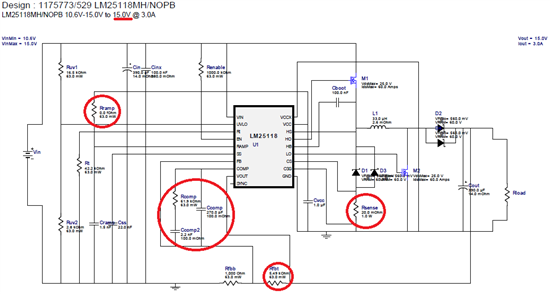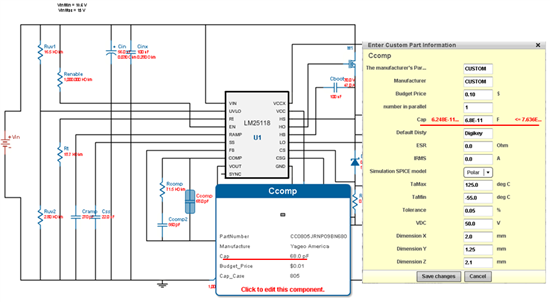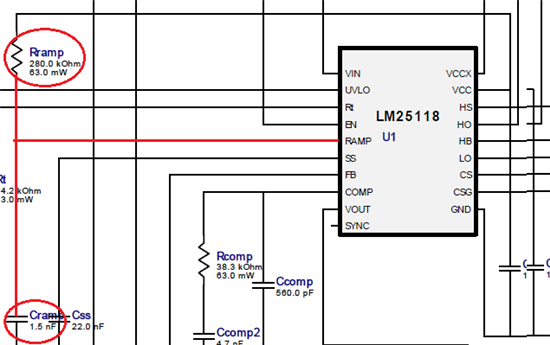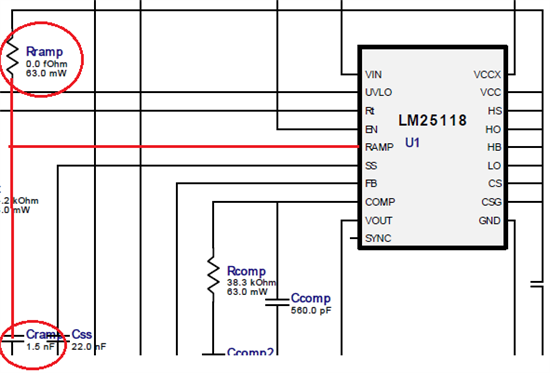Hi,
My customer would like to use LM25118 at the following condition.
[Use condition]
Vin=10.8V to 15V
Vout is changed from 8.0V to 15V.
Iout=3.0A (max)
Therefore, they would like to simulate the case1 and case2 with the same design.
And, they would like to know the most suitable design common to both case1 and case2.
Please let me know if you have any advice.
-Case1 Vin=10.8V to 15V , Vout=8.0V , Iout=3.0A
-Case2 Vin=10.8V to 15V , Vout=15V , Iout=3.0A
Regards,
Kanemaru








